
Saloni Sinha
Illustrator


Allison: Ever since I was a kid, I have been interested in creating stories and characters. I have always known that the art industry was the place I wanted to be in, but I didn’t start developing my portfolio or sharing my work until just before the pandemic. But since then, I have been hired as a freelance character designer, visual development artist and showcased my work in a book.
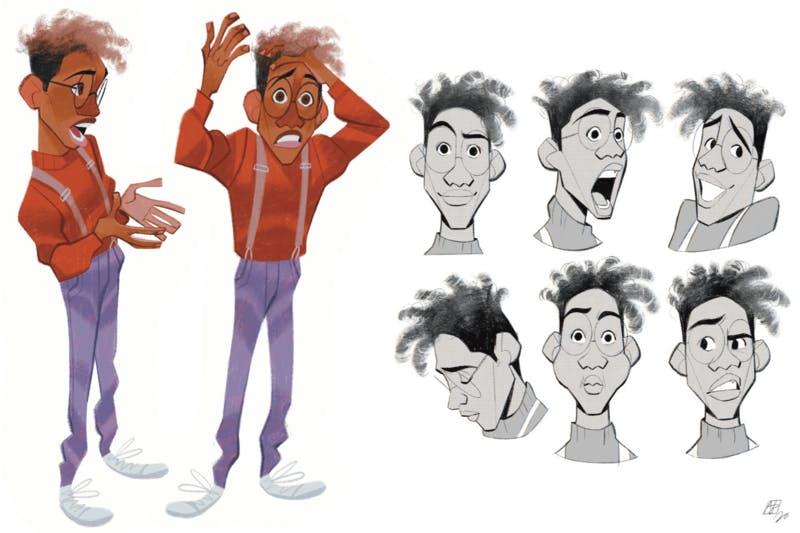
Allison: I enjoy people-watching. My source of inspiration for character designing comes from random people on the streets and in shops.

Allison:Quarantine gave me ample time to reflect on who I was as a person and an artist. I spent countless hours immersed in art, developing my portfolio and style. I also learned a lot about myself and how I choose to identify myself.
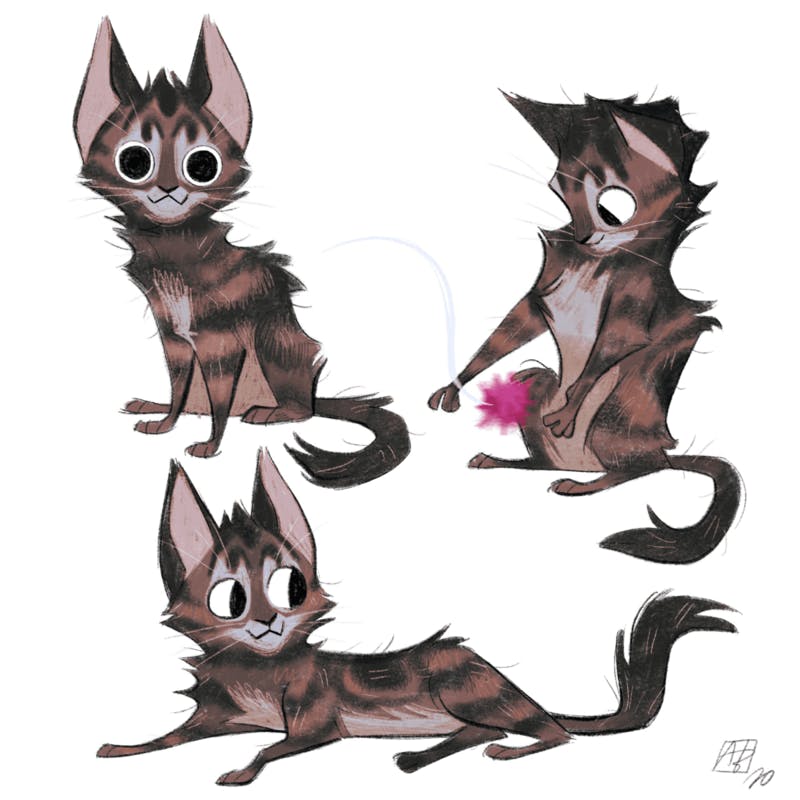
Allison:Monsters and the horror genre are my main inspiration for the theme of the story. I wished to narrate a tale of two friends who overcome their problems together while also killing monsters. Until I started this project, I never knew that I harbored a love for creating comics, so this project opened up a new realm of possibilities.
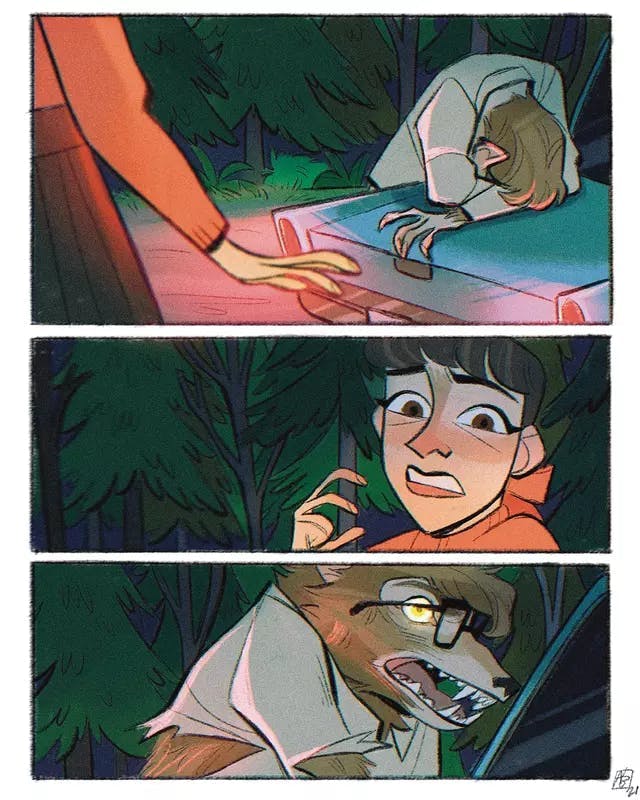
Allison:It is essential to pace yourself. Since it is a webcomic, the frequency of the story updates lies with us, the creators, be it weekly or monthly. Don’t burn yourself out trying to get a whole chapter completed in a month, but do plan your comic and the storyline (unless it is a comic strip or gag cartoon; even then, it is good to plan them well in advance). Don’t get into the comic without fully designing your characters, storyline, and scripts.
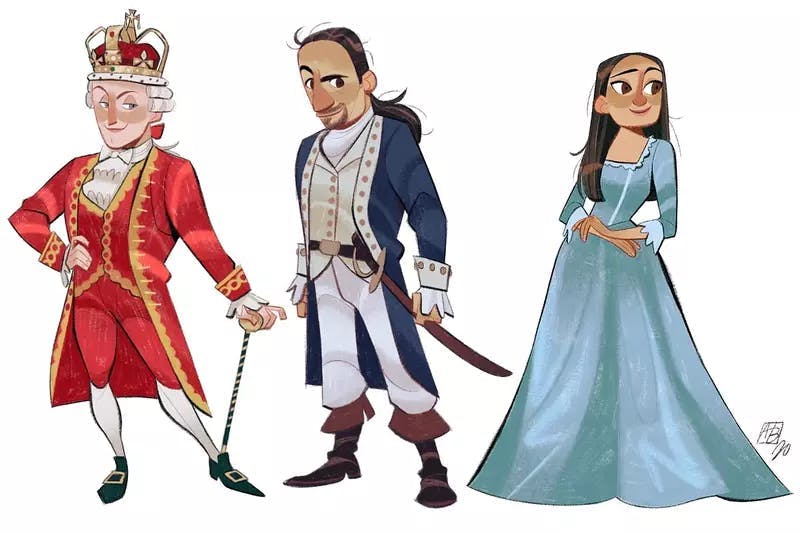
Allison: Though it is not recommended to always follow stereotypes, they can provide a helpful guide, if used in moderation, when designing a character. For instance, one wouldn’t make an incredibly shy person dress in vibrant and eye-catching clothes.
But remember that you can bend the rules to fit your character’s personality. Think thoroughly about your character and the part they play in your story before you design them.
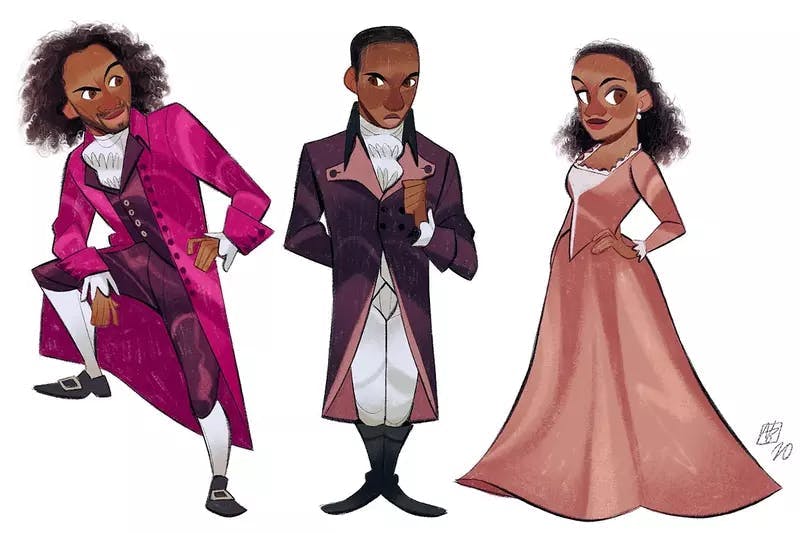
Allison: Colours are extremely important to storytelling as they inform the viewer what emotion they should be feeling. For instance, when a character is angry, that emotion can be communicated in a scene with red lighting as red generally symbolizes anger.
The general color palette for my comic is a combination of green, blue and purple. I often associate the color green with terror, and so it resonates well with the theme of my comic, horror. The colors blue and purple symbolize loneliness, despair, and magic.
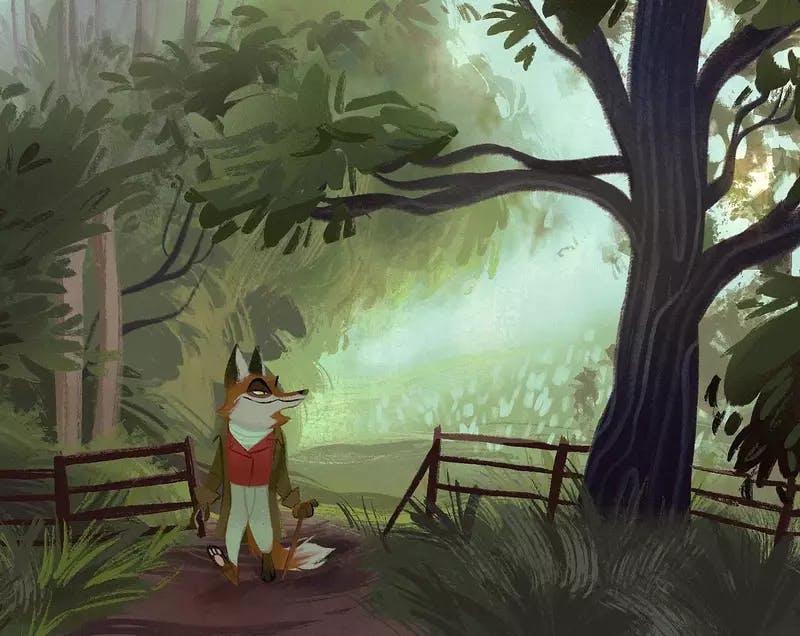
Allison:Colours play a vital role in setting the mood. If you were to create a sad scene, the color you’d most likely associate it with would be blue. The camera angle is also vital in storytelling. For instance, if a character is supposed to seem superior, the camera should be looking up at the character to make them seem big. Think thoroughly about the specific mood that you wish to portray and play around with colors and composition to create that mood.
Allison: Lighting is crucial for setting the mood. Horrifying scenes tend to have dramatic and contrasting colors like green or red light, while a lighthearted moment might have soft pinks and oranges.
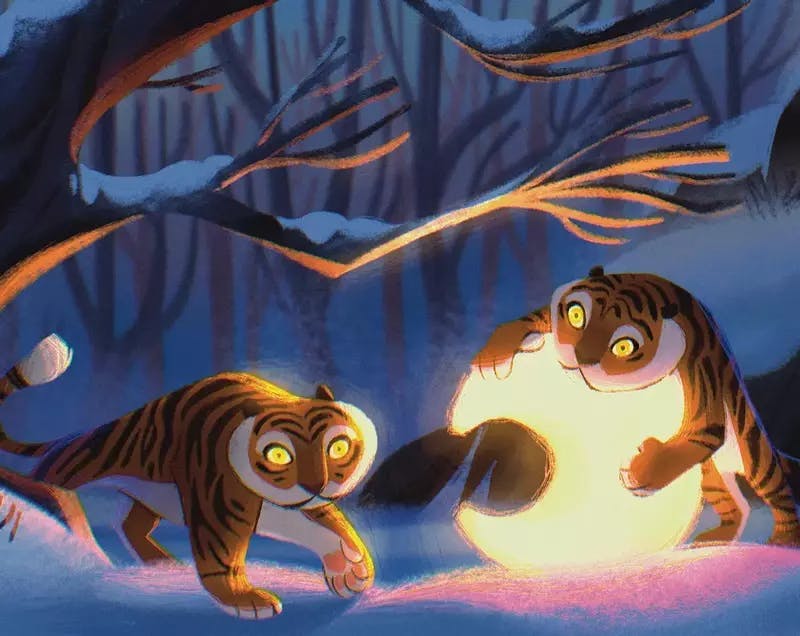
Allison:My ideal client is someone who knows exactly what they’re looking for and can clearly communicate their wants. Someone who isn’t overly demanding while also providing a healthy amount of challenge and time to work on the project.


